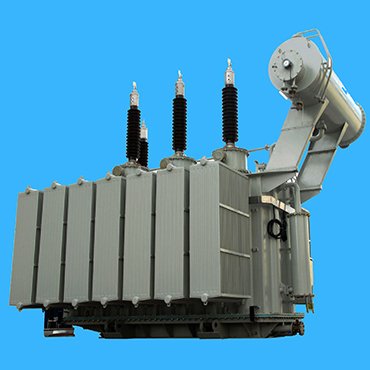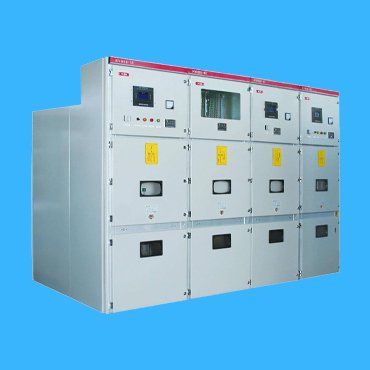Your Reliable Vanadium Redox Battery Manufacturer in China
Based on leading industry technology, PoweTel has partnered with several vendors and has the capacity to offer a complete solution of this Vanadium Redox Battery and its storage system to back-up your solar plant & wind farms.
What is Vanadium Redox Battery
Vanadium Redox Battery or All-vanadium liquid flow batteries, also known directly as vanadium batteries, are different from traditional lead-acid or lithium batteries. it is a new technology in which vanadium is a rare metal. The principle of an all-vanadium redox flow battery is that vanadium ions of different valence states, in an electrolyte, undergo a redox reaction, which results in charging and discharging.
Related Product
Advanges & Disvantages of Vanadium Redox Battery
As far as you know, the current new energy battery track, there are three main technology routes: lithium-ion batteries, sodium-ion batteries and hydrogen fuel cells. The market focused on these three types of topics, such as Tesla’s 4680 lithium-ion battery, Ningde Time’s sodium-ion, and when the mass production of hydrogen fuel cells, and so on.
In fact, vanadium batteries were commercially available in 1993, while lithium batteries were commercialized in 1991. In other words, they entered commercial use around the same time, and belong to the “same generation” of technology. But why since then, lithium batteries was boomed, becoming the mainstream technology of the new energy circuit, while vanadium batteries have been unattended?
Vanadium batteries can only blame themselves for being born at the wrong time. The subsequent explosion of application scenarios happened to favor lithium batteries over vanadium batteries. The biggest application scenario for battery technology in the last 30 years has been electronic devices and electric vehicles, which require smaller batteries, which is the strength of lithium batteries, but precisely the Achilles heel of vanadium batteries.
While lithium batteries store their battery energy primarily in solid electrode materials, vanadium batteries store their battery energy directly in a tank electrolyte. The liquid itself takes up more space than the solid, plus, there are two structures outside the electrolyte, the transfer pump and the electric stack, such a set of combinations to complete the charge and discharge, so the vanadium battery is particularly large.
Vanadium batteries are at a natural disadvantage in terms of size, so can we find a way to increase energy density? No. The solubility of vanadium ions is relatively low, and the electrolyte cannot reach the high concentration that would be ideal. Now the energy density of lithium batteries is 80-300 watt-hours per kilogram, vanadium battery energy density is only 12-40 watt-hours per kilogram, to store the same amount of electricity, vanadium batteries have to be five times the volume of lithium batteries. In the application scenario where the smaller the battery, the better, this alone kicks vanadium batteries out of the game.
Vanadium batteries have been waiting for 30 years, finally waiting for its application scenario, which is the arrival of the era of energy storage. Under the goal of carbon peaking & neutrality, the demand for energy storage exploded, and energy storage power plants are under construction everywhere. Energy storage power plant is space, vanadium batteries are not a big block here is not hard, and it compared to lithium batteries several advantages, making it the best choice for energy storage batteries.
The first advantage of vanadium batteries is safety.
We often hear the news of spontaneous combustion of electric vehicles, mainly because the lithium battery has a bug, charging and discharging too much, short circuit, extrusion, etc., can lead to battery overheating and accidents. According to statistics, the past 10 years at least 34 fires and explosions in energy storage plants around the world, 32 of which are lithium battery accidents. Vanadium batteries, positive and negative electrolyte are non-flammable, room temperature and atmospheric pressure operation, no combustion and explosion.
The second advantage of vanadium batteries is the long life.
We know that the lithium battery has a limited number of charge and discharge, generally in the 1000-4500 times. Each charge and discharge process, in addition to chemical energy conversion, lithium batteries will produce physical deformation, when the electrolyte becomes completely solid, the lithium battery will be invalid. Vanadium batteries do not change physically in use, the loss of battery capacity is very little. Even if a battery is used for too long and its performance decreases, it can be restored by repairing the electrolyte activity. Vanadium batteries often have a life span of more than 10 years and can be charged and discharged more than 15,000 times, more than three times that of lithium batteries.
This calculation, although the current initial cost of vanadium batteries is two times the cost of lithium batteries, but if put into a full life cycle view, the cost of vanadium batteries has been lower than lithium batteries.
The third advantage of vanadium batteries is that they are easy to expand.
The battery pack of a lithium battery consists of a large number of individual cells, and as charging and discharging proceeds, the internal resistance, state of charge, and temperature of the individual cells change to varying degrees, and each cell is different, which places high technical demands on large-scale deployment. The vanadium battery electrolyte and stack are independent of each other, and although they take up more space, this “decoupled design” is ideal for developing large scale battery packs. By increasing the electrolyte, the battery capacity can be increased, and by increasing the stack, the output power can be increased. Vanadium batteries can be easily synthesized into large scale battery packs that can store up to 100,000 kWh of power.







